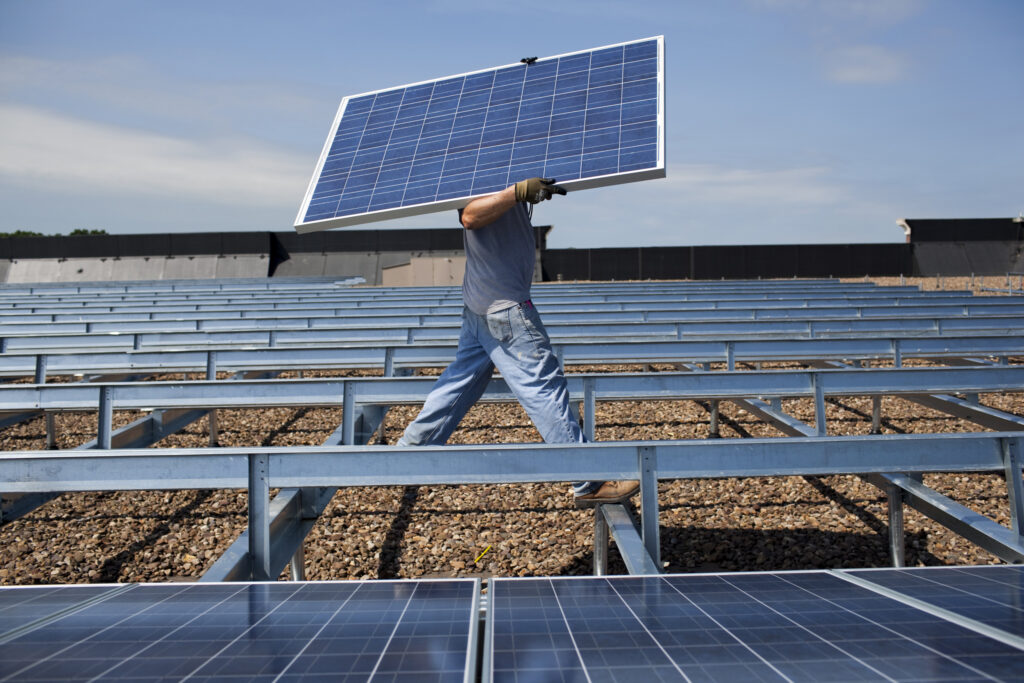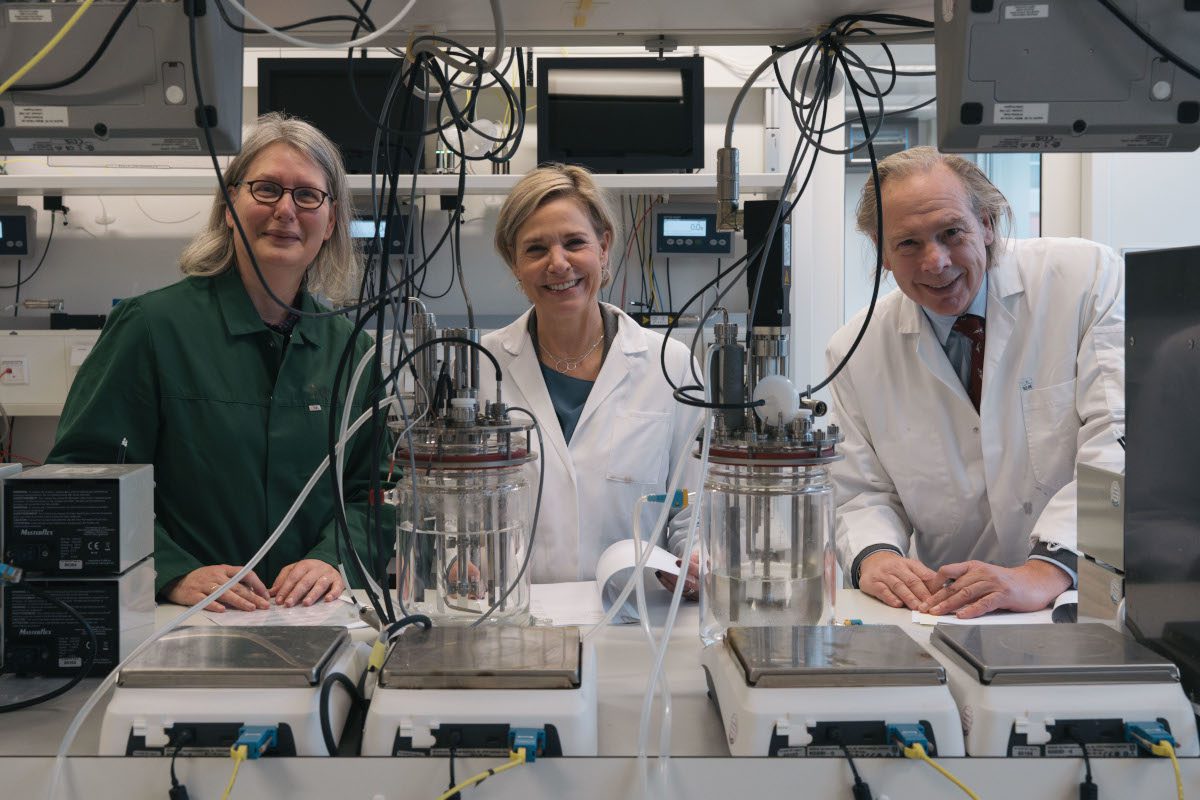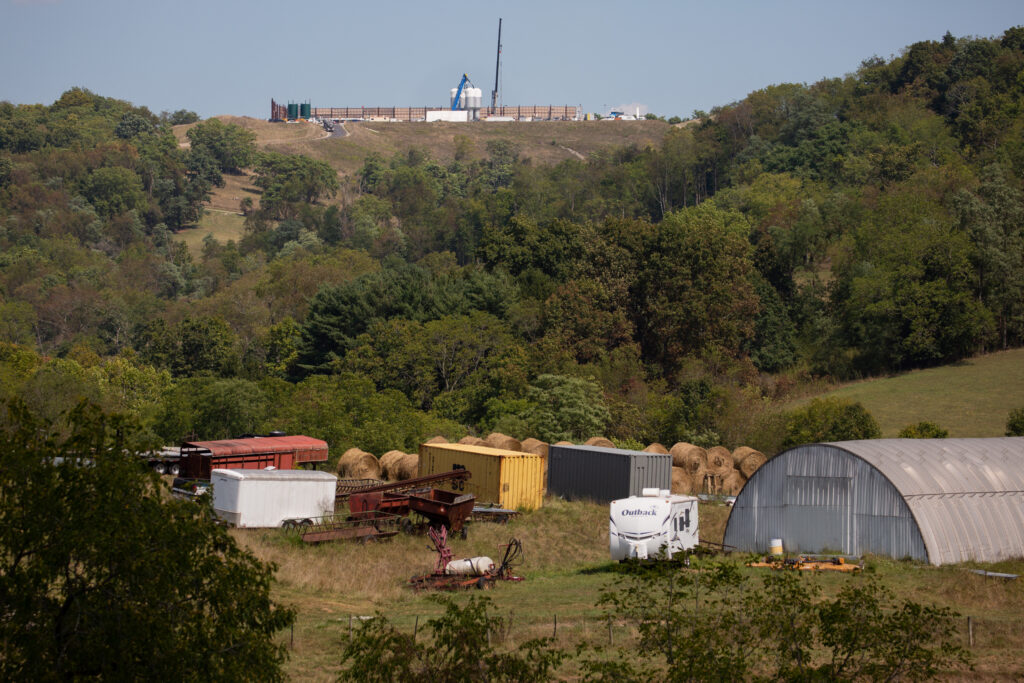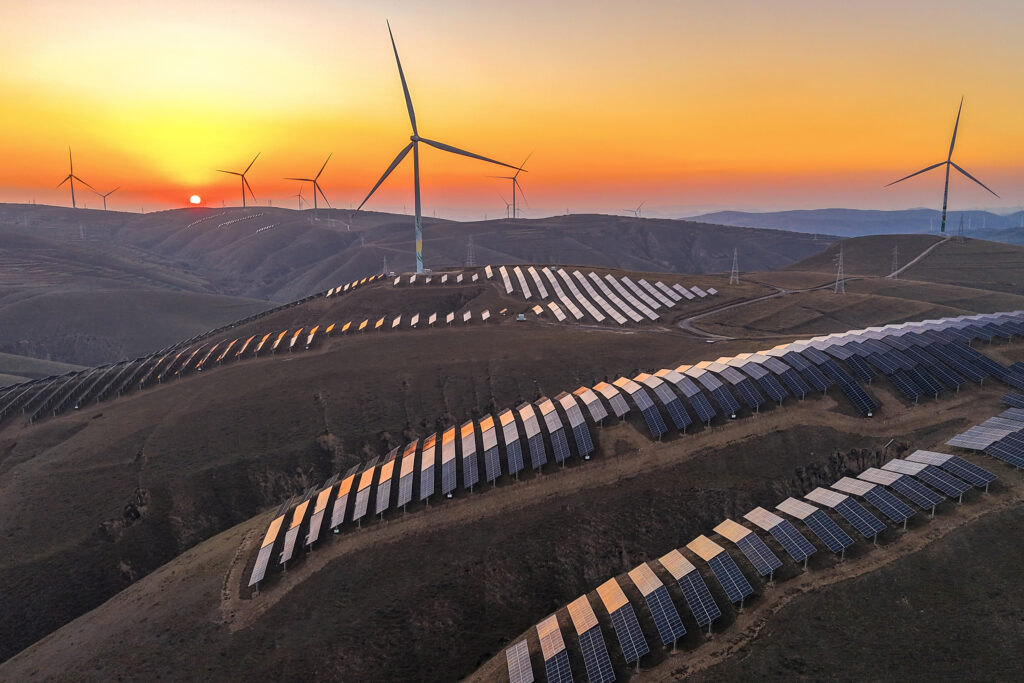The EU can trigger billions in clean investment, build competitiveness and secure its industrial future via policies to create lead markets for clean materials, according to a new report from policy and thinktank groups the Industrial Transition Accelerator (ITA) and E3G.
The report, Building the EU’s Clean Industrial Future: Unlocking Investment Through Lead Markets, makes the case that Europe’s competitive edge lies not only in technology or capital, but in creating market certainty. As other regions gain ground – China alone accounts for 25% of committed investments in clean industry globally, while emerging economies with abundant solar resources make up a third of announced projects – EU policy makers have a narrow window in which to act.
Key findings reported:
- Fossil-based production is unsustainable not only environmentally, but also financially: Europe’s fossil-based steel, aluminium, and ammonia are already more expensive than global averages. These commodities are also more exposed to volatile energy markets because the bloc imports most of the fossil fuels it uses in production. Continuing to focus on fossil fuel-intensive production also risks leaving European industry behind in the global race for clean manufacturing.
- Targeted interventions can enable lead markets for clean materials: the EU’s Clean Industrial Deal (CID), announced earlier this year, recognises the importance of lead markets in supporting clean industry, suggest the authors. Delivering specific policy interventions to enable these clean markets will generate significant additional demand in strategic downstream sectors such as automotive, buildings, infrastructure, and fertilisers. As these sectors account for a significant share of commodity use in Europe, implementing these policies could trigger investment at scale.
- Clean production is affordable: the so-called “green premium” for clean commodities – long perceived as a barrier – has only a marginal effect on end-product prices, say the authors of the report. For example, fully switching to clean steel and aluminium would increase the cost of manufacturing a car by just 1%, while using low-carbon cement in buildings would add 2% to construction costs. These increases would be gradual over many years because clean production will be slowly phased in, and their additional costs will reduce over time. By contrast, dependence on fossil fuels has proven a far greater inflation risk: in 2022, energy prices added around six percentage points to EU headline inflation in a single year.1 The steady, predictable costs of cleaner materials over many years pale next to the volatility of fossil-fuel-driven inflation.
- Europe risks falling behind: while Europe currently has a large pipeline of clean industrial projects, many are stalled due to a lack of market demand, and other countries are rapidly catching up. According to Mission Possible Partnership’s Global Project Tracker data in June, China alone accounted for 25% of committed investments, while emerging economies with abundant solar resources made up a third of announced projects. Countries with abundant low-cost renewables will become increasingly competitive at clean production, and European policymakers should consider how to leverage clean trade partnerships to boost the competitiveness of downstream EU industry.
Faustine Delasalle, Executive Director of the ITA and CEO of MPP, said: “The message is clear: European policymakers have a choice to make between unlocking investments that will strengthen their competitive advantage in clean industry, or clinging to a vulnerable and struggling fossil-based industry and falling further behind.
“Our research shows that the next industrial transition is already underway and early movers stand to gain the most. Europe has established an early lead in new projects, but is now struggling to advance projects to construction. By establishing lead markets, Europe can position itself at the forefront of clean industry, decarbonise its economy, and unlock investment. The time to act is now – hesitation will mean being left behind.”
Decarbonising heavy industry sectors, especially ammonia, aluminium, cement, and steel, is critical to meeting the EU’s climate goals, with the bloc aiming to reduce net Greenhouse Gas (GHG) emissions by 90% by 2040, and achieve climate neutrality by 2050. Only two commercial-scale deep decarbonisation projects in the EU have reached Final Investment Decision (FID) since 2024.
Johanna Lehne, Associate Director, Clean Economy from E3G said: “Europe has the skills, technology and capital to lead the global clean industry race – but only if we create the right markets. This report shows that the costs of going green are far lower than the costs of standing still. By unlocking demand for clean steel, cement, aluminium and ammonia, Europe can secure its industrial future, protect jobs, and build resilience in the face of volatile fossil fuel markets.”
The report argues that the biggest barrier to delivering clean industrial projects is not technology or capital, but an absence of robust markets for clean industrial products. It highlights five key policy tools to unlock Europe’s industrial transition:
- Product mandates in sectors where the private sector represents most demand like automotive and fertilisers.
- Targeted subsidies where higher costs associated with storage and transport for commodities (mid-stream costs) could have social impacts. Ammonia, for example, is an essential ingredient in fertilisers that play a vital role in our food systems.
- Measures to mitigate competitive risks where downstream products are exposed to international competition, such as ensuring equivalent standards are applied to imports or, where appropriate, local content requirements.
- Public procurement in sectors where government works represent a high share of overall demand, like construction (buildings and infrastructure) and defence.
Voluntary labels can also play an underpinning role by helping differentiate clean products and build consumer and market awareness, but they are unlikely to create demand at scale without binding requirements or economic incentives.
Together, these measures would provide the long-term certainty that investors and developers require to scale up investment and build projects. In line with the CID, such progress would accelerate decarbonisation, reindustrialisation and innovation.
Additional findings from the report include:
- A “pincer movement” approach to policy could drive additional demand. That would see policymakers target a small share of the market at ambitious performance levels while simultaneously applying progressively more stringent low-emission thresholds across a larger share of it.
- Although lead markets can advance the EU’s pipeline of clean industrial projects, countries with abundant cheap renewable supply potential, such as India and Brazil, will become increasingly competitive in electricity-intensive sectors. This will present a trade-off for Europe, balancing cost and strategic autonomy, for example, protecting domestic industry via ‘made in’ criteria or sourcing green inputs from the cheapest parts of the world through partnerships.
The report follows the launch of the ITA’s “Build Clean Now” campaign, which attempts to unite countries, corporates, and capital to accelerate the financing and construction of clean industrial plants.
Notes
[1] This was roughly 60% of the total increase, with gas price shocks alone contributing up to 2 points
















